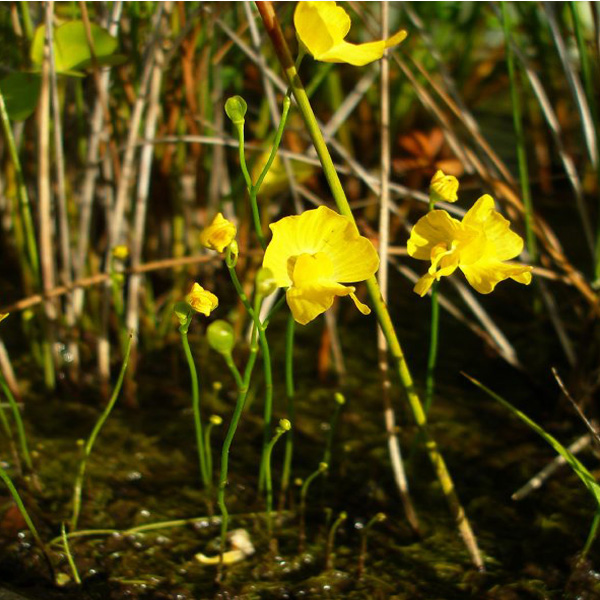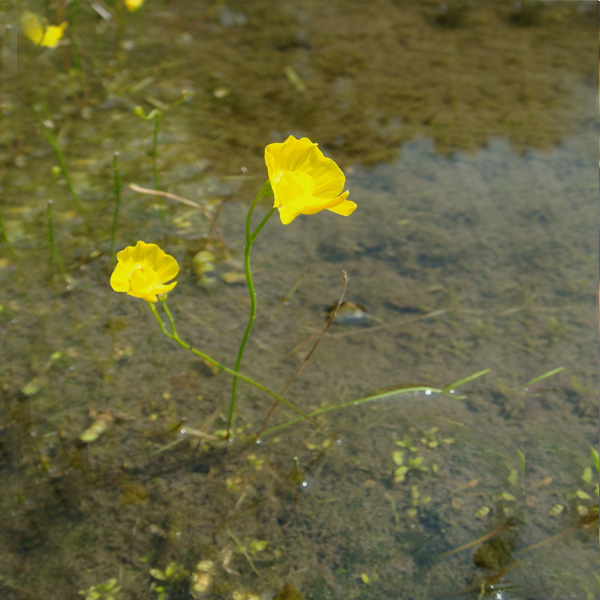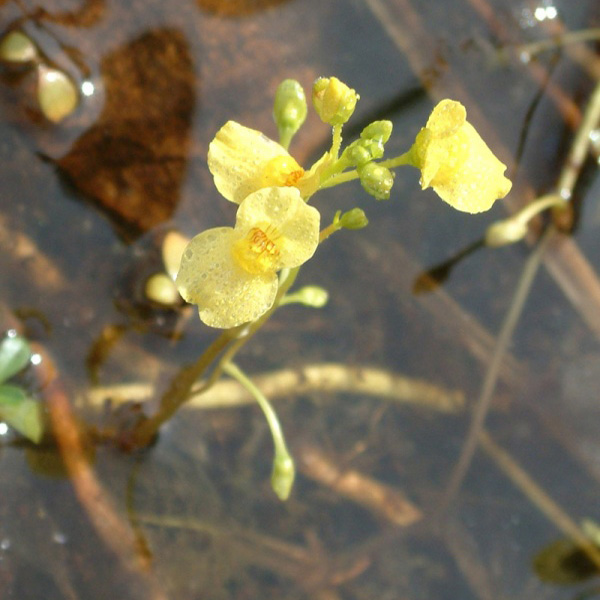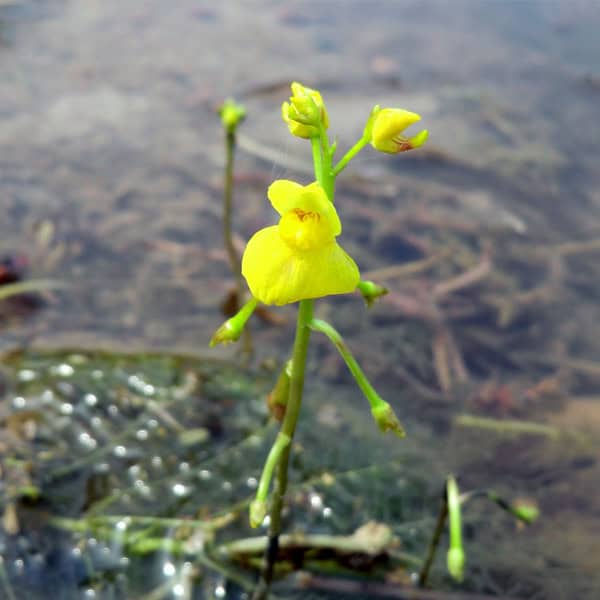Yellow Bladderwort
weed identification
Yellow bladderwort is a native plant that floats submerged under the water’s surface, excluding its yellow flowers that sit above the surface. It is commonly found wrapped around other submerged objects in the water. Whilst the plants photosynthesise, they also derive nutrients from entrapping small animals including mosquitoes. This means they are able to survive in low nutrient environments.
Commonly found in stationary freshwater bodies, often of low nutrient content.
It reproduces sexually by seeds when it flowers and is pollinated by insects. Also asexually by winter buds.
Fragments and seeds are dispersed by water currents and animals.
The submerged portion of the bladderwort plant provides critical habitat and food for a variety of aquatic creatures. It also can reduce the number of nuisance pests such as mosquitoes and water fleas around the water body.
What does Yellow Bladderwort look like?
Disadvantages of Yellow Bladderwort
Dense infestations of Yellow Bladderwort can cause significant problems such as:
-
Potential to obstruct water flow, block pumps and filters
-
May dominant water body, inhibiting growth of other aquatic plants
-
Restricts water-based recreation
treatment
AQ200 Aquatic Herbicide – Chemical Herbicide designed to kill submerged weeds quickly. Use on mild to severe infestations.
Aquatic Weed Rake and Razor combo – DIY physical removal. Ideal for mild infestations, sensitive water bodies or to aid herbicide treatment
Aquatic Harvesting (Mobitrac) – Large amphibious machine that clears submerged aquatic weeds. Book this service for severe infestations or for larger water bodies.
prevention options
Aquatic Blue – Blue dye that may reduce temperature of the water body by reducing UV light penetration. This may then increase oxygen saturation.
Aerating Fountains – Reduces the severity and likelihood of aquatic weed infestations. Use in any body of water.







